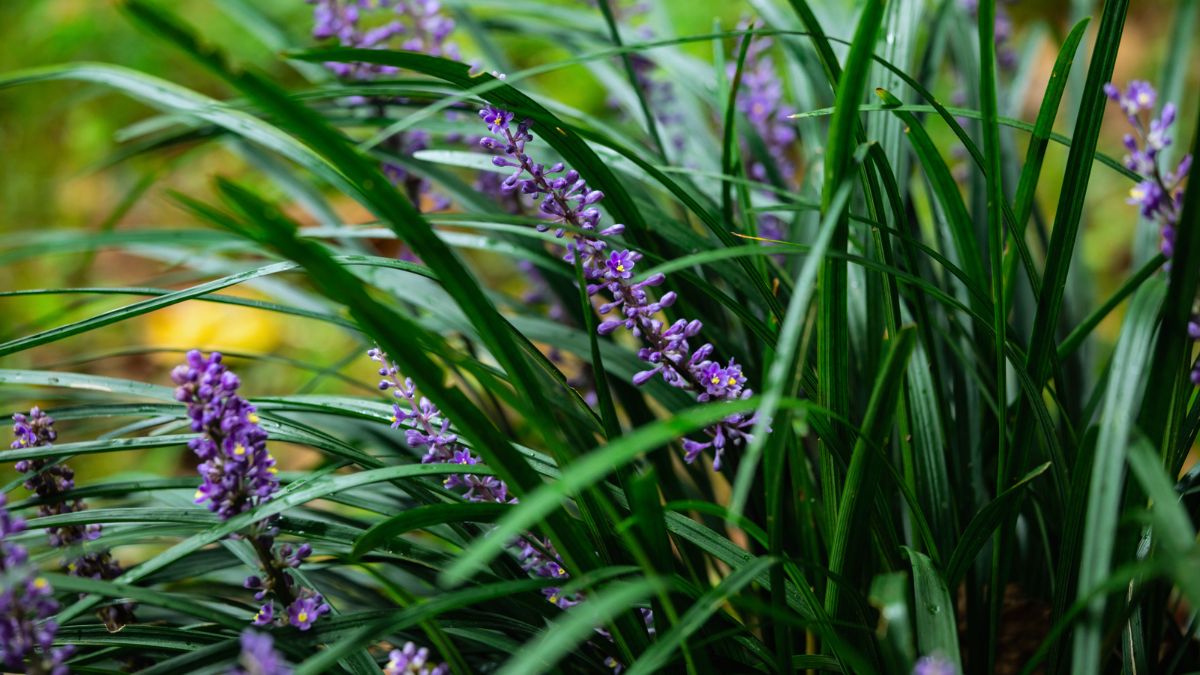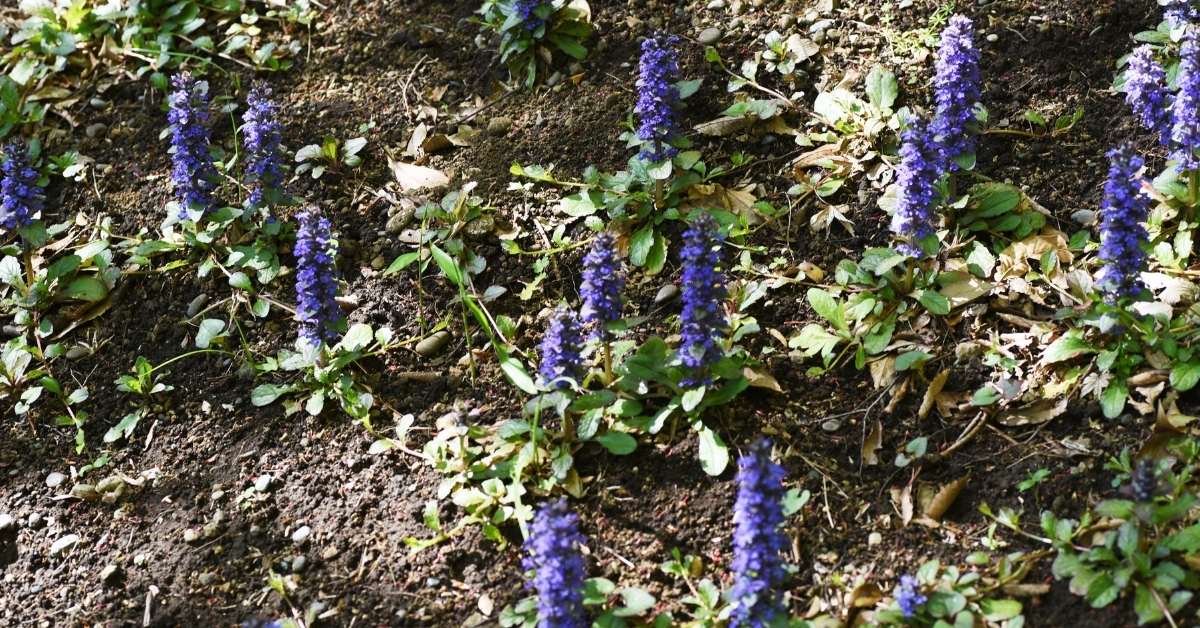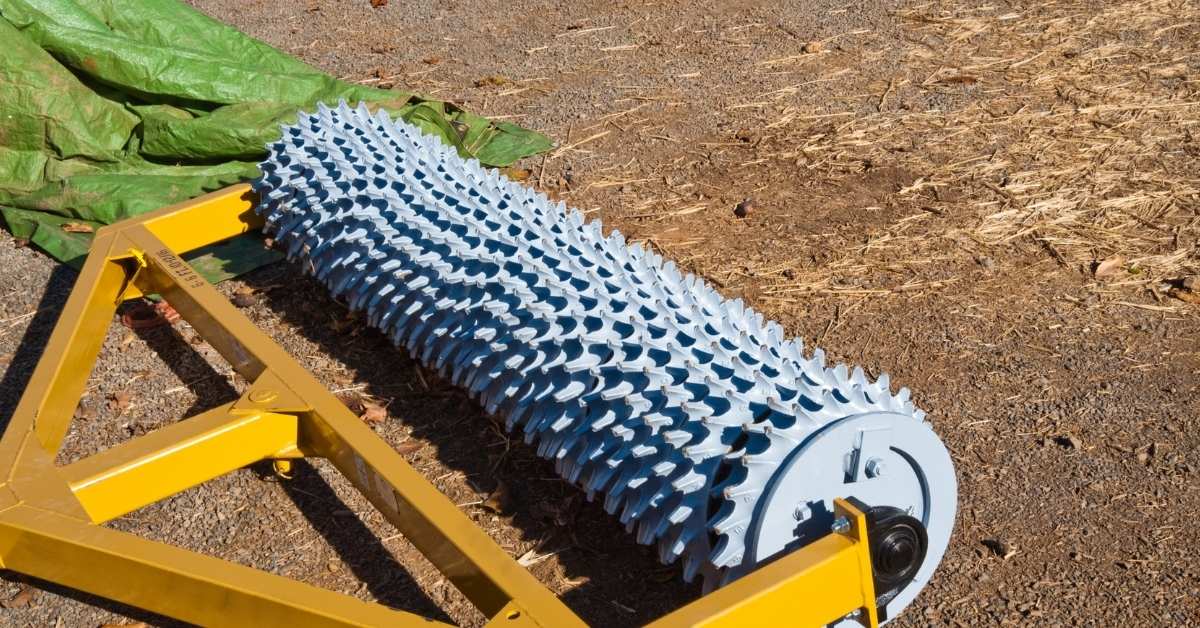Monkey grass (liriope), also known as lilyturf or spider grass, is a popular ground cover plant that can enhance any garden’s landscape. It has long, slender, pointed green leaves and purple or white flowers that bloom in late summer. It also produces purple or black berry-like fruits that attract birds and wildlife.
But does monkey grass spread? And if so, how can you control its growth and prevent it from becoming invasive? In this article, we will answer these questions and more. We will also give you some tips on how to plant and care for monkey grass in your garden.
Does Monkey Grass Spread?
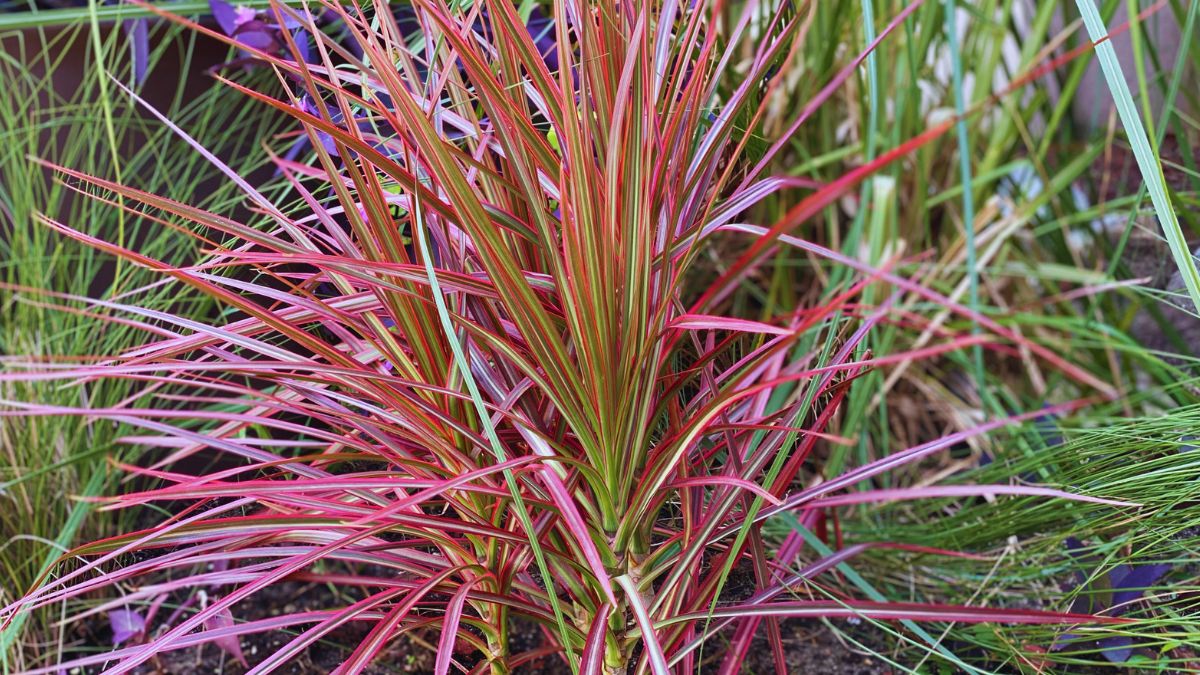
The answer to this question depends on the type of monkey grass you have. There are two main types of monkey grass plants common in residential gardens: clumping monkey grass plants and creeping plants.
Clumping monkey grass plants (Liriope muscari) grow in bushy clumps that do not spread much. They are ideal for edging, borders, or accent plants. They can also be used as a lawn substitute in shady areas where grass does not grow well.
Creeping monkey grass plants (Liriope spicata) have rhizomes that spread underground and form dense mats of foliage. They are perfect for ground cover, erosion control, or filling gaps between other plants. However, they can also become invasive and take over other areas of your garden if not contained.
How to Control Monkey Grass Spread
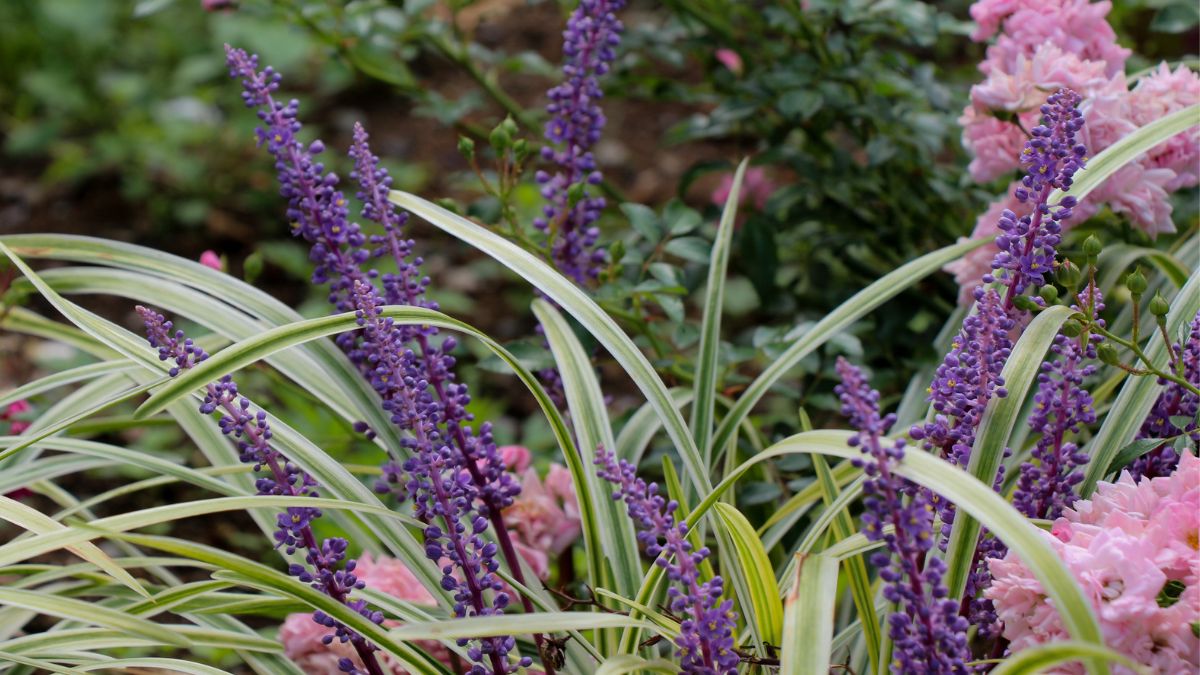
If you have creeping monkey grass plants and want to prevent them from spreading too much, here are some steps you can take:
- Plant them in containers or raised beds to limit their root system.
- Use barriers such as bricks, stones, or metal edging to separate them from other plants.
- Cut back the rhizomes with a sharp spade or knife every year or two to thin them out.
- Pull out any unwanted shoots by hand or with a hoe as soon as they appear.
- Apply a pre-emergent herbicide in early spring to prevent new growth.
If you have clumping monkey grass plants and want to encourage them to spread more, here are some steps you can take:
- Divide them every few years and replant the divisions in new locations.
- Water them regularly and fertilize them once or twice a year with a balanced fertilizer.
- Remove any dead or diseased leaves and flowers to keep them healthy and tidy.
How to Plant Monkey Grass
If you want to plant Monkey grass but not kill it, it is easy to plant and grows well in most soil types. However, it prefers soil that drains well and is rich in organic matter. Here are some tips on how to plant monkey grass in your garden:
- Choose a spot with filtered sun or complete shade. Monkey grass does not need full sunlight to grow. Too much sun actually harms it.
- Clear out any weeds or old growth from the area. This gives the monkey grass room to expand.
- Chop up the soil to loosen it and improve drainage. You can also add some compost or manure to enrich the soil.
- Dig holes that are large enough to hold the root system of the monkey grass plants. The holes should be spaced about one foot apart (30.5 cm) for clumping varieties and six inches apart (15 cm) for creeping varieties.
- Place the plants in the holes and fill them with soil. Press the soil firmly around the plants to eliminate air pockets.
- Water the plants well after planting and keep the soil moist until they are established.
How to Grow Monkey Grass from Seeds
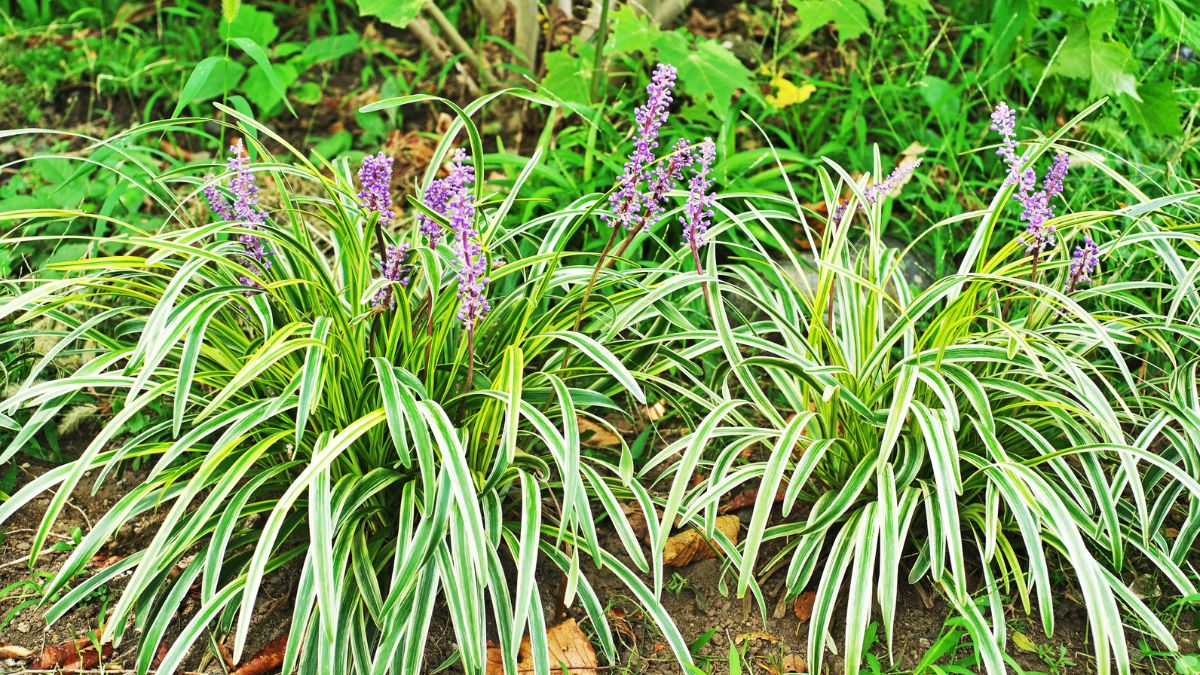
If you want to grow monkey grass from seeds, you need to be patient and follow some steps to ensure successful germination. First, you need to harvest seeds from monkey grass blossoms or berries or buy them from a garden supply store. Then, you need to clean the seeds in warm water to remove excess pulp and soak them in a bleach solution to remove phenolic compounds that inhibit germination.
Next, you need to plant your monkey grass seeds in a starting tray filled with potting soil and keep them moist and warm in a dark area for up to two months. Once the seeds sprout, you can transplant them to your garden in a spot with filtered sun or complete shade. Plant them about one foot apart (30.5 cm) for clumping varieties and six inches apart (15 cm) for creeping varieties.
Finally, you need to care for your monkey grass plants by watering them regularly, fertilizing them once or twice a year, pruning them in late winter or early spring, and mulching them with organic matter. You can also control their spread by using barriers, cutting back the rhizomes, pulling out unwanted shoots, or applying herbicides.
Growing monkey grass from seeds can be rewarding but takes time and effort. If you want a faster and easier way to propagate monkey grass, you can divide existing plants and replant the divisions in new locations.
When to Plant Monkey Grass for Optimal Growth
Monkey grass is a versatile and hardy plant that can grow in various conditions and climates. However, if you want to ensure optimal growth and performance, you need to choose the right time to plant it. The best time to plant monkey grass is in the spring after the last frost has passed. This will give the plant the best chance to establish itself before the hot summer months.
However, monkey grass can also be planted in the fall as long as it is done before the first frost. This will allow the plant to develop some roots before going dormant in winter. Planting in the fall may also reduce the risk of diseases and pests that are more active in spring and summer.
Whether you plant monkey grass in spring or fall, make sure you water it regularly and mulch it well to conserve moisture and prevent weeds. You can also fertilize it lightly with a balanced fertilizer once or twice a year to boost its growth and flowering.
How to Care for Monkey Grass
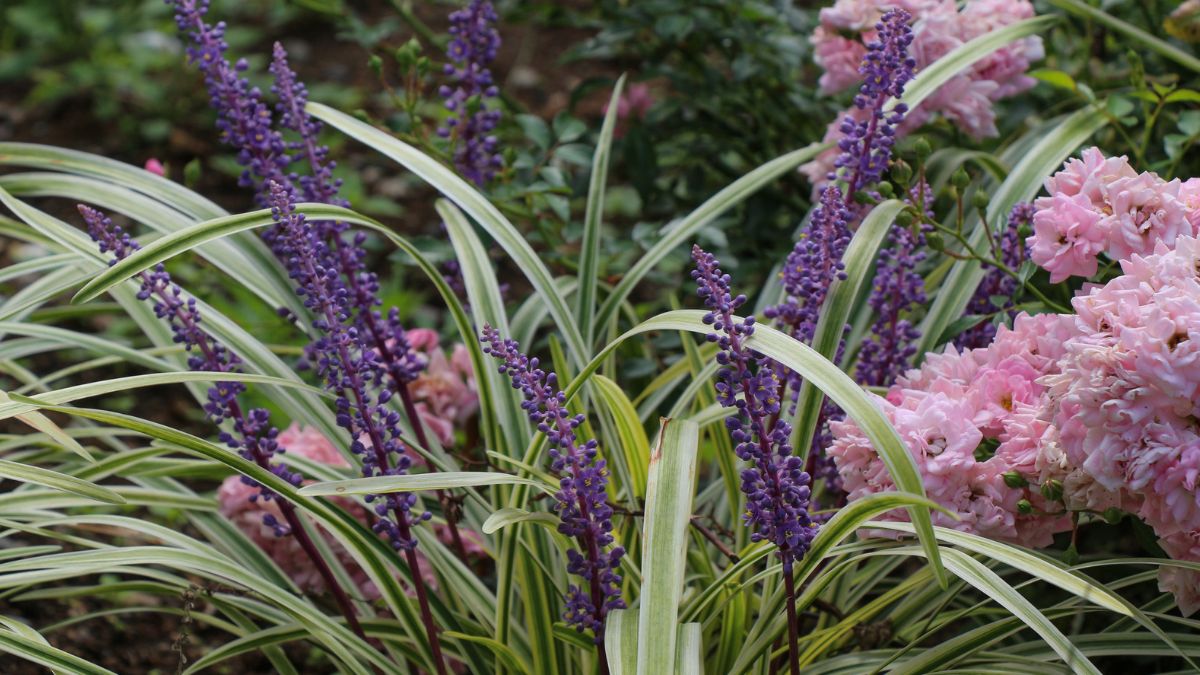
Monkey grass is a low-maintenance plant that requires little care once it is established. Here are some tips on how to care for monkey grass in your garden:
- Water the plants regularly during dry periods, but avoid overwatering them. Too much water can cause root rot or fungal diseases.
- Fertilize the plants once or twice a year with a balanced fertilizer. You can apply it in early spring before new growth starts or in late summer after flowering.
- Prune the plants in late winter or early spring to remove any dead or damaged leaves and flowers. You can use scissors, shears, or a lawn mower to cut them back to about three inches (7.5 cm) high.
- Mulch plants with organic matter such as bark chips, straw, or pine needles to conserve moisture and suppress weeds.
- Watch out for pests and diseases such as aphids, spider mites, slugs, snails, leaf spots, or crown rot. You can control them with natural or chemical methods depending on the severity of the problem.
Benefits of Monkey Grass
Monkey grass is not only a beautiful and versatile plant but also a beneficial one. Here are some of the benefits of monkey grass for your garden:
- It provides year-round interest and color with its evergreen foliage and attractive flowers and fruits.
- It attracts pollinators such as bees, butterflies, and hummingbirds with its nectar-rich flowers.
- It provides food and shelter for birds and wildlife with its edible fruits and dense cover.
- It prevents soil erosion and improves water quality by stabilizing the soil and filtering runoff.
- It reduces lawn maintenance and water consumption by replacing grass in shady or difficult areas.
Conclusion
Monkey grass is a spreading plant that can be a great addition to any garden. However, you need to know how to control its growth and prevent it from becoming invasive. By following the tips in this article, you can enjoy the beauty and benefits of monkey grass without any hassle.
Is monkey grass toxic to pets or humans?
Monkey grass is not toxic to pets or humans, but it may cause some irritation or allergic reactions if ingested or touched. The berries of monkey grass may also cause mild stomach upset if eaten in large quantities. If you or your pet experience any symptoms such as vomiting, diarrhea, rash, or swelling, contact your doctor or veterinarian immediately.
How do I get rid of monkey grass on my lawn?
If you want to get rid of monkey grass in your lawn, you need to use a combination of physical and chemical methods. First, you need to dig up as much of the plant as possible, including the roots and rhizomes. Then, you need to apply a non-selective herbicide such as glyphosate to the remaining shoots and foliage. You may need to repeat this process several times until the monkey grass is completely eliminated. Be careful not to spray the herbicide on any desirable plants nearby.
How do I divide monkey grass?
Dividing monkey grass is a simple way to propagate and rejuvenate the plant. You can divide monkey grass in early spring or fall when the plant is not actively growing.
To divide monkey grass, follow these steps:
1. Dig up a clump of monkey grass with a spade or fork, making sure to get as much of the root system as possible.
2. Shake off any excess soil and gently pull apart the clump into smaller sections. Each section should have at least three or four shoots and some roots attached.
3. Replant the sections in your desired location, spacing them about one foot apart (30.5 cm) for clumping varieties and six inches apart (15 cm) for creeping varieties.
4. Water the newly planted sections well and mulch them with organic matter.
What are the benefits of monkey grass?
Monkey grass is a beneficial plant for your garden for many reasons. Some of the benefits of monkey grass are:
1. It provides year-round interest and color with its evergreen foliage and attractive flowers and fruits.
2. It attracts pollinators such as bees, butterflies, and hummingbirds with its nectar-rich flowers.
3. It provides food and shelter for birds and wildlife with its edible fruits and dense cover.
4. It prevents soil erosion and improves water quality by stabilizing the soil and filtering runoff.
5. It reduces lawn maintenance and water consumption by replacing grass in shady or difficult areas.
